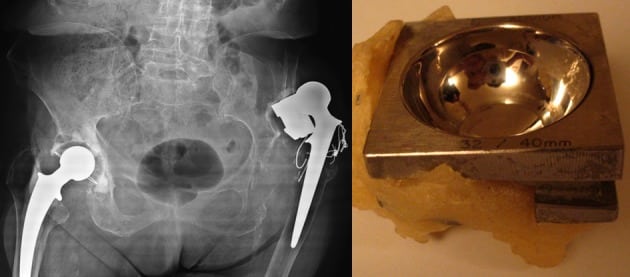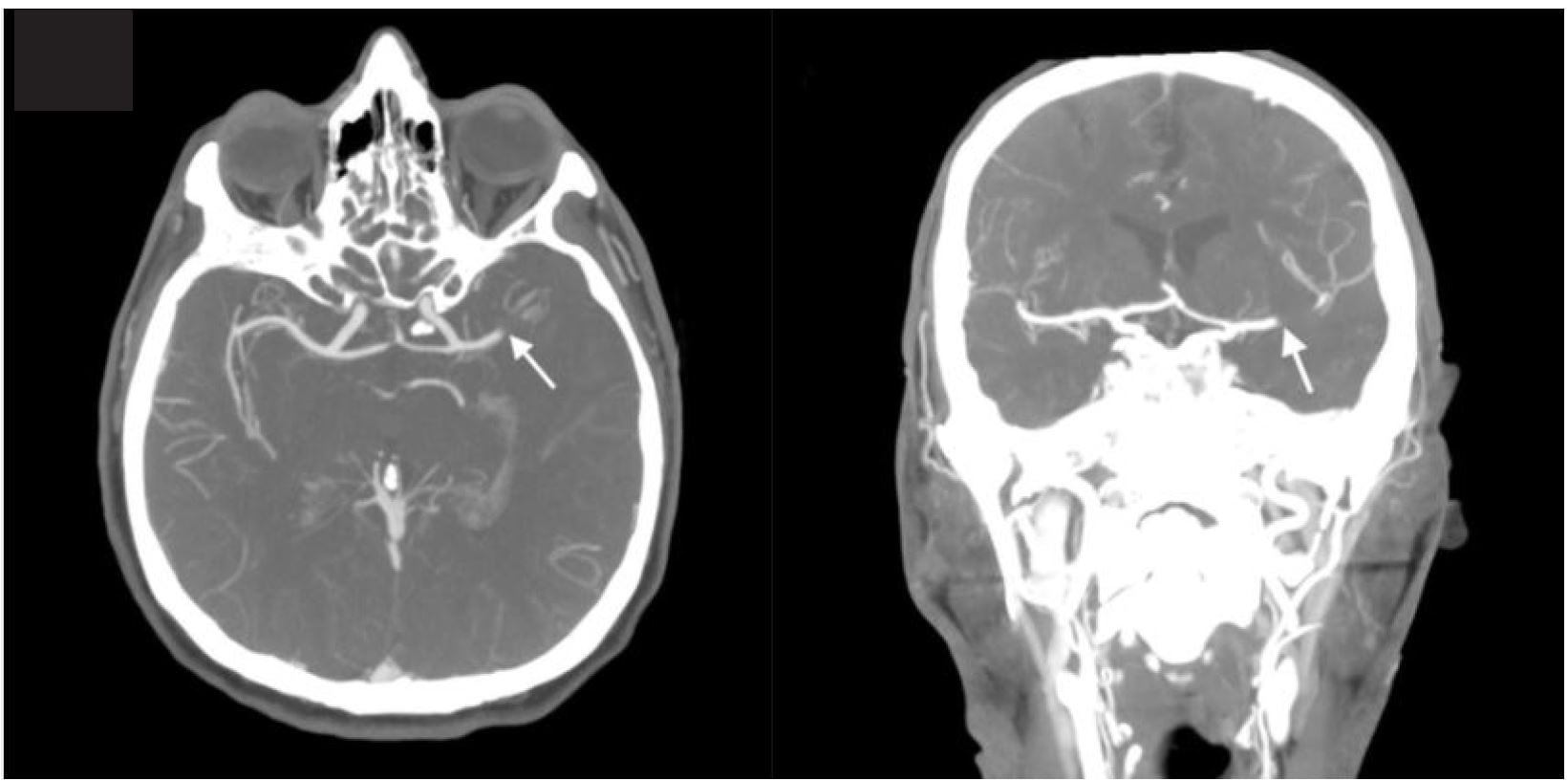Archives
Ethical and Legal Issues
Response to Moulin and Jones: “The Alameda Model: An Effort Worth Emulating”
Westjem Read More
Ethical and Legal Issues
Patient Attitudes Regarding Consent for Emergency Department Computed Tomographies
WestJEM Read More
Emergency Department Operations
Importance of Hospital Entry: Walk-in STEMI and Primary Percutaneous Coronary Intervention
WestJEM Read More
Emergency Department Operations





